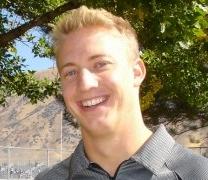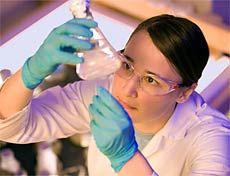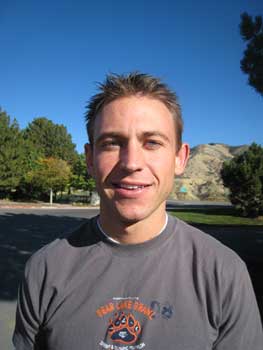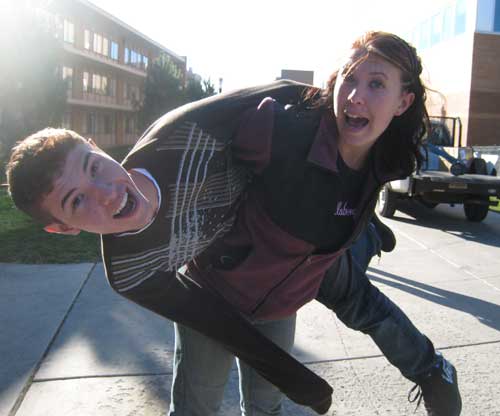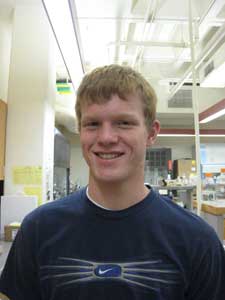Team:Utah State/Team
From 2008.igem.org
(→What we did) |
(→What we did) |
||
| Line 95: | Line 95: | ||
Stephen Merrigan played a role in researching one of the experiments that was not the final USU iGEM project. Stephen was part of the final experimental design. Stephen also aided in some of the lab wet work. Stephen made a large contribution to the final outcome of the wiki. Stephen has a background in microbiology. | Stephen Merrigan played a role in researching one of the experiments that was not the final USU iGEM project. Stephen was part of the final experimental design. Stephen also aided in some of the lab wet work. Stephen made a large contribution to the final outcome of the wiki. Stephen has a background in microbiology. | ||
| + | |||
| + | Garrett Hinton was part of the final experimental design. Garrett was a huge part of the lab work that has taken place during this experiment. Garrett is a junior at Sky View High School in Logan Utah. | ||
| + | |||
| + | Matthew Sims was a huge part of the lab work that has taken place during this experiment. Garrett is a junior Logan High School | ||
== '''Where we're from''' == | == '''Where we're from''' == | ||
Revision as of 02:18, 28 October 2008

|
| Home | The Team | The Project | Parts | Notebook | Modeling | Links |
|---|
Contents |
iGEM 2008 at USU
The 2008 USU Team
|
FACULTY ADVISORS:
GRADUATE STUDENTS:
UNDERGRADUATE STUDENTS:
HIGH SCHOOL STUDENTS:
|
|
What we did
Trent
Libbie
Stephen Merrigan played a role in researching one of the experiments that was not the final USU iGEM project. Stephen was part of the final experimental design. Stephen also aided in some of the lab wet work. Stephen made a large contribution to the final outcome of the wiki. Stephen has a background in microbiology.
Garrett Hinton was part of the final experimental design. Garrett was a huge part of the lab work that has taken place during this experiment. Garrett is a junior at Sky View High School in Logan Utah.
Matthew Sims was a huge part of the lab work that has taken place during this experiment. Garrett is a junior Logan High School
Where we're from
Utah State University is located in beautiful Logan Utah. Logan is about an hour and a half drive from Salt Lake City Utah (~130 miles). The city of Logan is located in the heart of Cache Valley near the on the western slopes of the Bear River Mountains, the northernmost branch of the Wasatch Range. The city of Logan has a population of approximately 47,000. Logan was established in 1859 and has a rich heritage and wonderful culture. The city of Logan has been stated to be among the safest cities in America.
Utah State University was founded in 1888 and has evolved from a small, agricultural college to a university that is nationally and internationally recognized for its intellectual and technological leadership. As Utah's land-grant and space-grant institution, the university is led by President Stan L. Albrecht and has 850 faculty who provide education for more than 23,000 undergraduate and graduate students, including 10,000 in its continuing education sites located throughout the state of Utah. USU has more than 200 buildings, 63 of which are devoted to academics. USU also has 3 branch campuses and Extension offices in all of Utah's 29 counties (usu.edu).
 "
"





